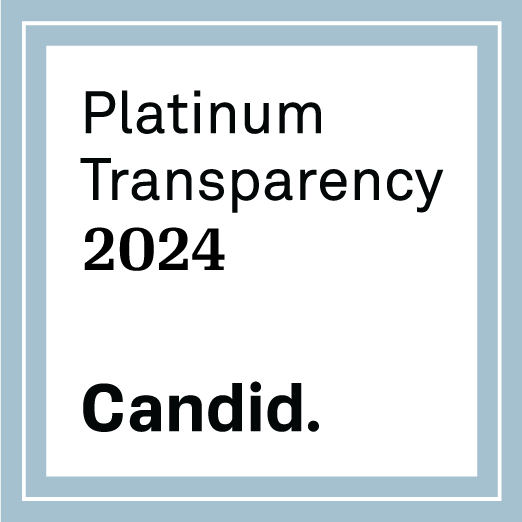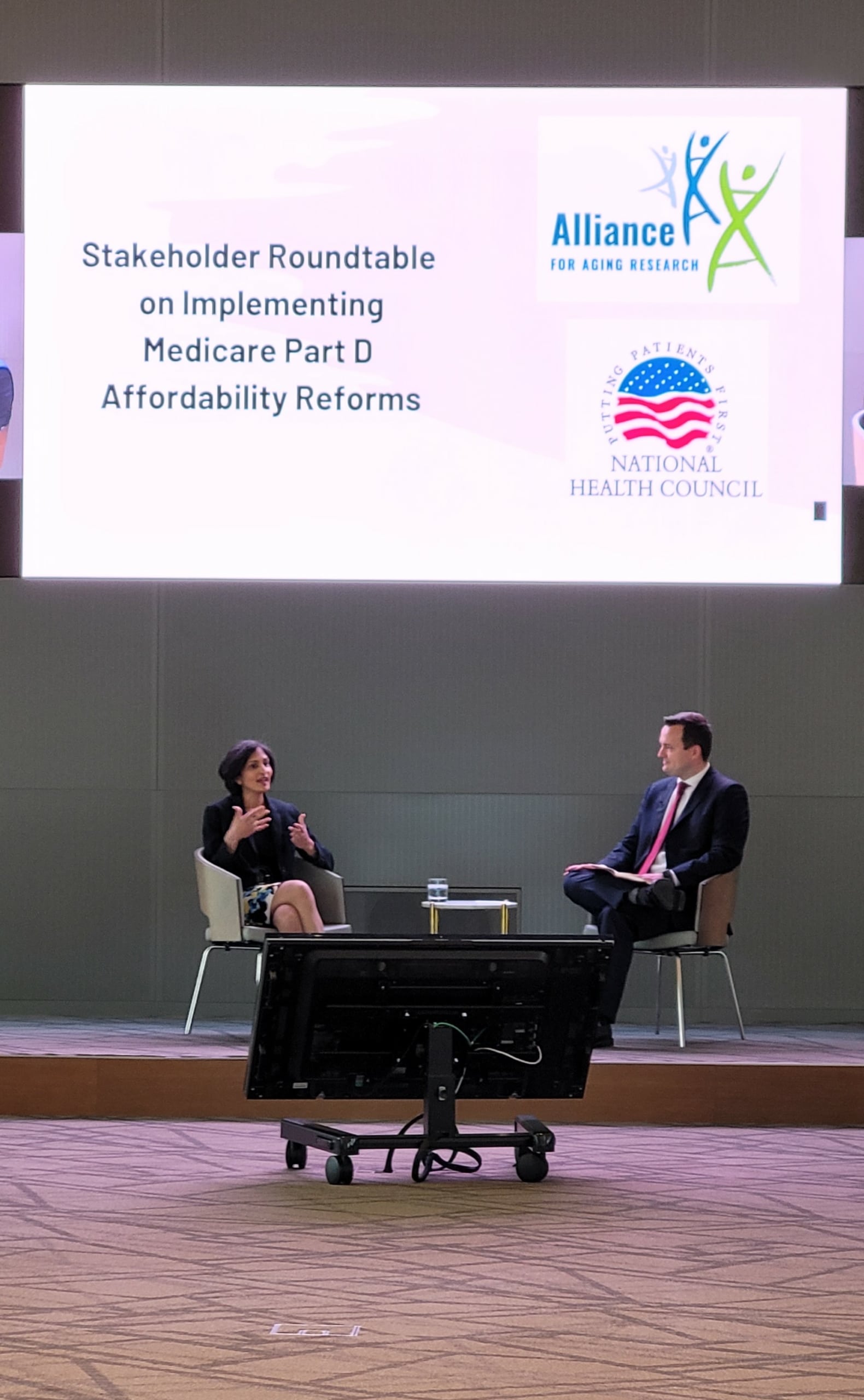- Alzheimer’s Disease and Related Dementias
- Antimicrobial Resistance
- Appropriations
- Cardiovascular Disease
- Care Innovation and Access
- Clinical Trials
- COVID-19
- Family Caregiving
- Health Equity
- Healthy Aging
- Home Health and Community-Based Services
- Medicaid
- Medicare
- Mental Health
- Nursing Home and Post-hospital Care
- Nutrition
- Persistent Pain
- Prescription Drug Affordability
- Quality and Outcomes
- Research Funding
- Sarcopenia and Mobility
- Telehealth
- Vaccination
- Value Assessment and Pricing
- Vision Loss
Prescription Drug Affordability
There are a growing number of older adults in the United States who have difficulty affording prescription medicines. Out-of-pocket costs for prescription drugs have increased due to rising list prices and insurance design that places more financial responsibility on beneficiaries. The Alliance for Aging Research advocates for policies to make prescription medicines more affordable for patients.
High out-of-pocket costs are not only financially challenging, but harmful to patients’ health. When patients are faced with high OOP costs, they often fail to adhere to their prescribed care plan by not filling the prescription or taking less medication than prescribed in order to stretch out the amount of time between prescription fills. Studies show that growth in out-of-pocket costs lead to increases in mortality, regardless of a patient’s ability to pay.
The Alliance for Aging Research convenes Project Lower Out-Of-Pocket (LOOP) Costs. The project advocates for policies that limit out-of-pocket spending on prescription drugs and provide patients the flexibility to pay costs over time. The Alliance supports:
- An annual cap, or limit, on out-of-pocket expenses in the Medicare Part D program. Medicare does not currently have an annual cap on beneficiary drug costs, the only major insurer to lack this patient protection. The absence of an OOP annual limit exposes Medicare beneficiaries to potentially devastating costs that can jeopardize their finances and health.
- A no-cost payment installment option, also known as cost “smoothing.” Smoothing would allow patients to spread costs over a period of time, protecting patients from large lump-sum costs that can serve as a financial barrier to filling a prescription. When used in combination with an annual cap, the two policies would limit patients’ potential costs while allowing costs up to the cap to be paid in installments.
- Increased adoption of affordable flat copayment payment models that limit patients’ financial liability and eliminate the complexity in determining beneficiary costs.
Prescription Drug Affordability News & Updates
The Healthy Aging Blog on Prescription Drug Affordability

The Alliance for Aging Research is a proud recipient of Candid’s Platinum Seal of Transparency.

The Alliance for Aging Research is proud to be rated a 4-star charity by Charity Navigator.




